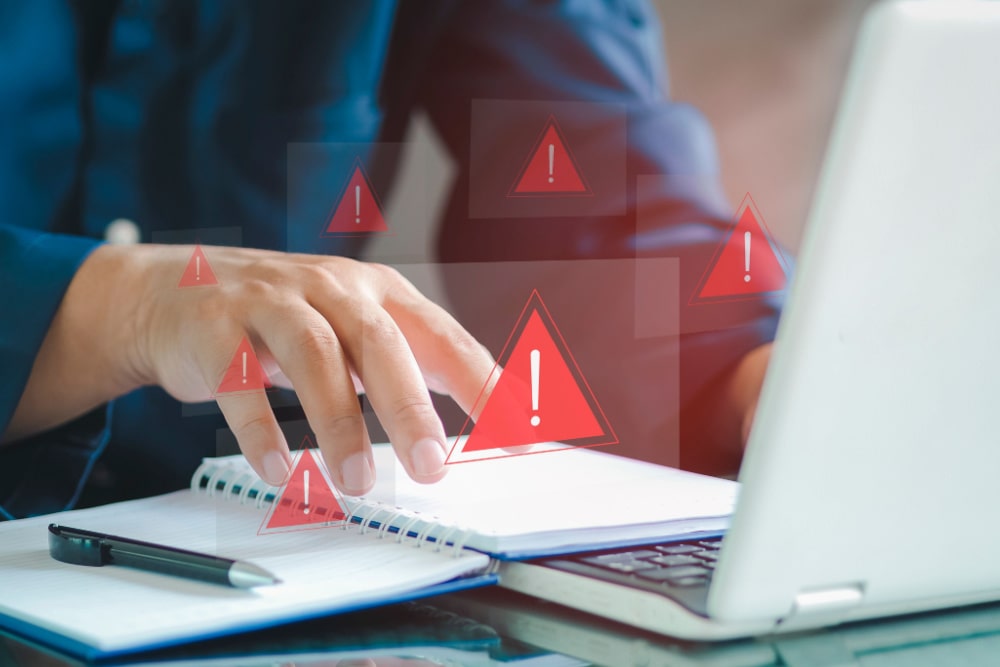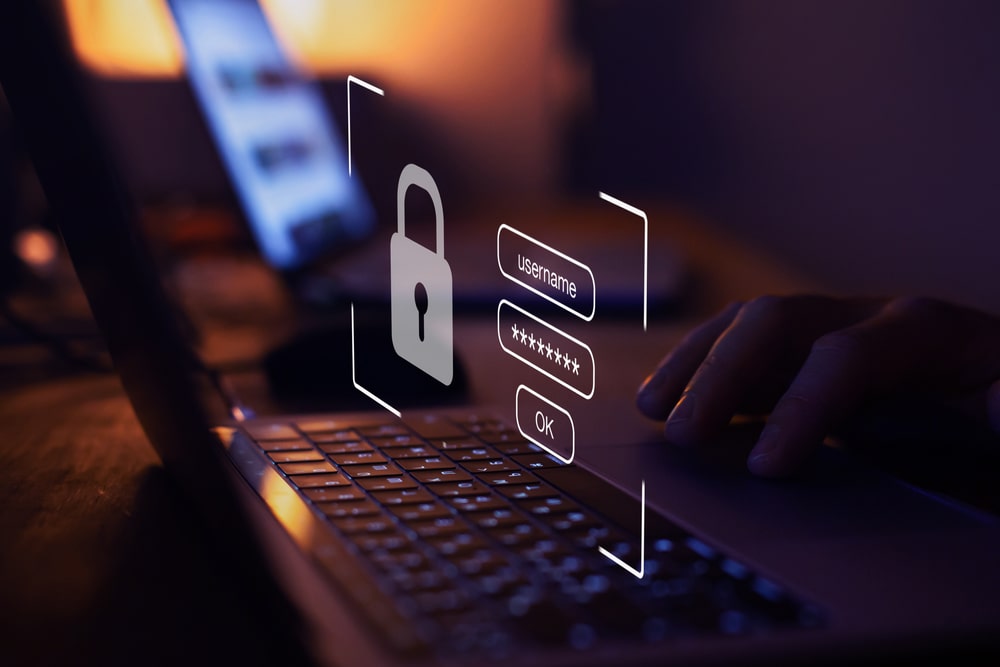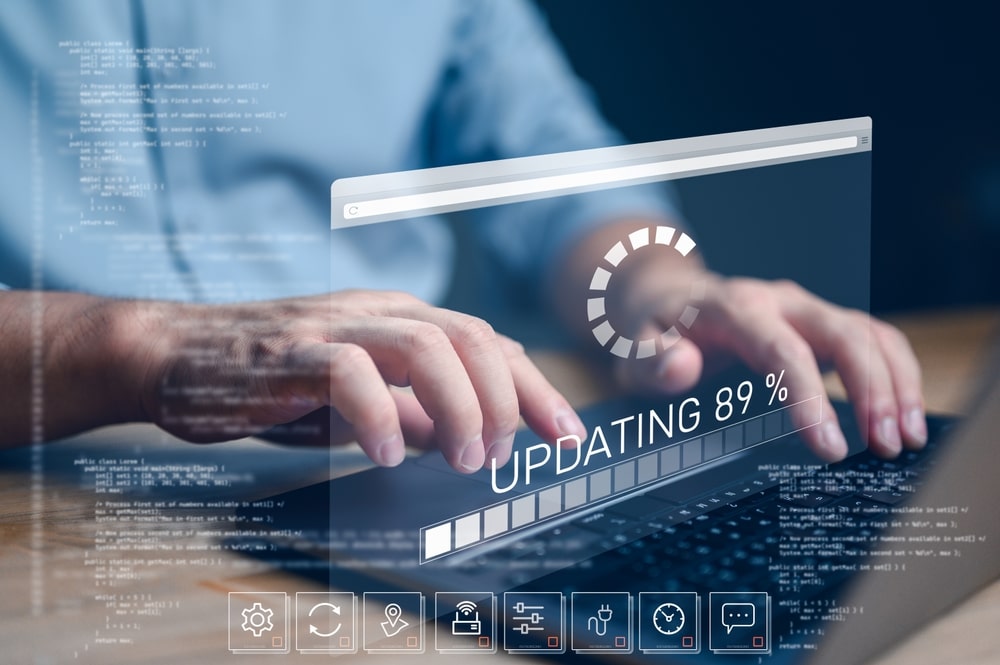The Philippines is no stranger to cyber threats. However, as the country embraces technology further, ransomware has emerged as a pervasive and damaging cyber threat for businesses and individuals alike. As a business, you have the responsibility to implement cybersecurity best practices not only to protect your data assets but also those of your customers.
In this blog, we’ll discuss what ransomware is and how it works, how to protect against ransomware, and what to do if you experience a ransomware attack.
What is Ransomware and How Does it Work?
Ransomware is a malicious software designed to infiltrate computer systems and encrypt files – essentially holding them hostage – allowing the attacker to demand payment in exchange for their decryption.
Once executed, ransomware can have devastating consequences, potentially causing financial losses, disrupting operations, and compromising sensitive data. Ultimately, ransomware attacks undermine the trust and confidence of people in organizations and, at the root of it all, in digital systems, further eroding the fabric of cybersecurity.
So, how does a ransomware attack work?
Ransomware attacks target individuals as well as businesses of all sizes. You never know when these attacks can happen or how they will attack. Ransomware techniques often evolve quickly, often successfully tricking even well-informed individuals and allowing perpetrators to evade security systems.
Cybercriminals typically distribute ransomware through phishing emails, fraudulent websites, or software downloads, exploiting vulnerabilities in software and human behavior to gain access to target systems.
Once inside a system, the ransomware encrypts files using strong encryption algorithms, rendering them inaccessible to users. Ransomware is also often designed to spread across systems and networks quickly, thus being capable of paralyzing an organization’s operations entirely.
The victims, backed into a corner, are then presented with a ransom note containing instructions on how to make the payment (usually via cryptocurrency to maintain anonymity) and receive the decryption key. However, the disruption usually lasts hours or days and is costly for the targeted organization.

How to Protect Your Business Against Ransomware Attacks?
While ransomware attacks can be sophisticated and challenging to detect, there are several cybersecurity measures you can take to protect your business against ransomware.
Educate Users
Training employees to recognize phishing emails, suspicious links, and malicious attachments is critical for preventing ransomware attacks. Even something as simple as reminding them not to use unknown USB sticks nor use public Wi-Fi networks can make a big difference.
By raising awareness and promoting the importance of data protection and cybersecurity practices, organizations can empower users to identify and avoid potential threats.
Keep Software Updated
Regularly updating operating systems, software applications, and security patches helps mitigate vulnerabilities that can be used to infect your system with malware. For organizations, implementing automated patch management systems can streamline the update process and ensure timely protection against various threats.
Implement Access Controls
Network security solutions that restrict user access privileges can limit the impact of ransomware attacks. Limiting the access of every user in the organization to only what is necessary can mitigate the spread of infection and restrict access to sensitive data.
You can add an extra layer of security by constantly monitoring data access and using multi-factor authentication (MFA) to prevent unauthorized access.

Backup Data Regularly
Regularly backing up critical data to offline or cloud-based storage solutions is essential for mitigating the impact of ransomware attacks on your business. In the event of an infection, you can easily restore encrypted files from backup copies, thus reducing the pressure of giving in to attackers’ demands.
Enable Email Filtering
Email filtering solutions help block malicious attachments and URLs from reaching your employees’ inboxes, thus reducing the chances of them falling into attackers’ tricks. By filtering out spam and other malicious content, you can prevent not only ransomware but also spam, viruses, and credential theft originating from phishing emails.
Conduct Regular Penetration Testing
Ransomware attacks take advantage of vulnerabilities in your system, so it’s important to make sure that there are none. You can protect your business from ransomware by conducting penetration testing regularly.
Penetration testing is the process of simulating real-world attack scenarios to identify flaws in an organization’s security. This allows organizations to analyze the vulnerabilities in their security measures as well as predict new threats and subsequently implement appropriate defenses.
What to Do in Case of a Ransomware Attack?
Despite your best efforts, it is possible to still fall victim to ransomware attacks. In the event of a ransomware attack, it’s important to respond promptly and carefully to minimize the damage it can cause.

Isolate Infected Systems
Upon detecting a ransomware attack, immediately isolate the infected systems from the network to prevent it from spreading any further. Disconnect affected devices from the Internet, internal networks, and Bluetooth connections, to keep the ransomware from spreading as well as communicating with the attackers.
Assess the Damage and Recovery Options
The next step is to assess the type of ransomware used, the extent of the attack, and available recovery options. Depending on the severity of the attack and the effectiveness of your security and backup solutions, you may be able to restore encrypted files and explore alternative recovery options rather than pay the attackers.
Do Not Pay the Ransom
While paying the ransom may seem like a quick fix, this is not the best option for your company. First, there is no guarantee that you’ll receive a decryption key after paying the ransom. The attackers may just extort money from you and run.
Second, you may only become a frequent target of ransomware attacks because the attackers know that you give in to their demands.
Lastly, you are essentially incentivizing crime, and in doing so, encouraging cybercriminals to target other organizations as well.
It is in everyone’s best interest if you stand strong against paying ransom.
Restore Your Backups
Secure and updated backups are at the core of protecting businesses against ransomware attacks. With secure offline or cloud storage, you most likely have an uninfected backup that you can use to restore your systems.
But before starting restoration, assess the backup as well to ensure that they’re not infected by any malware. Likewise, employ an anti-virus or anti-malware solution to wipe out the infection. Then, restore all your data.
Research Decryption Options
Given how sophisticated modern ransomware is, it is also possible for backups to have been corrupted by the attack. If this happens, your next best choice is to find alternative ways to decrypt your data.
There are available solutions and/or decryptors nowadays that can help you unlock your data. This, of course, may take hours or days, during which your operations will likely stay down.

Move on and Rebuild
After recovering from a ransomware attack, take steps to rebuild your systems stronger than they were. Use the unfortunate incident as a learning opportunity. Assess the previous attack, identify vulnerabilities, and implement additional security measures to prevent future incidents.
This may include strengthening access controls, enhancing endpoint protection, getting a secure cloud storage service, and educating employees on data protection and cybersecurity best practices.
Stay Protected Against Ransomware
Ransomware are a pervasive and evolving threat to businesses and individuals in the Philippines and around the world. By implementing proactive prevention measures and effective response strategies, you can strengthen your business’s protection against ransomware attacks and, in case of a breach, minimize their impact on your operations and data security.
Stay vigilant, informed, and resilient with comprehensive cybersecurity solutions from Kital. Get in touch with us today to start building your walls against cyber threats.




